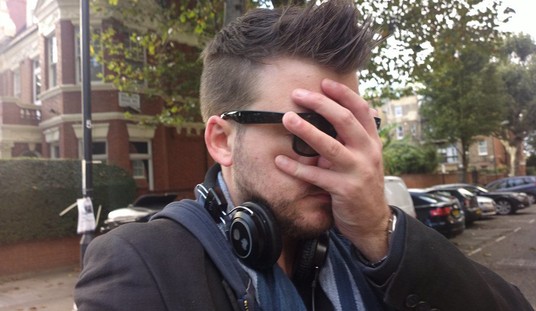Just prior to the pandemic, there was a massive push for what proponents termed as "bail reform." Basically, it was an effort to minimize or eliminate cash bail, putting people back out on the streets in no time flat.
Now, there's a certain logic to it. People who have been arrested haven't been convicted, so holding them without that conviction, particularly based on money, seems kind of contrary to that whole due process thing.
But as we saw rather quickly, this didn't work out like proponents thought it would.
Yet all we've had for a long time has been anecdotal. We could all see it was a trainwreck, but we couldn't prove it to anyone who wasn't inclined to see it.
Then we got this study showing us what we already knew.
Remember back when politicians were touting the success of bail reform? Remember the meaningless and deceptive numbers they threw around?
NYC Comptroller Brad Lander claimed in a report that only 1% of people released on bail under bail reform are rearrested for a violent felony while their case is pending.
State Senate Majority Leader Andrea Stewart-Cousins said the number was 2%.
Remember how the news media and progressive politicians repeated those numbers and claimed that bail reform was a success and had no impact on crime, even as crime rose 30-40% after bail reform took effect?
Well, a new study of bail reform outside New York City — suburbs and upstate — prepared by John Jay College of Criminal Justice’s Data Collaborative for Justice shows that 66% of the people released under bail reform who had a recent prior arrest were re-arrested within two years of their release.
The DCJ study also showed that 67% of defendants who had a recent prior violent felony arrest in the past year who were released under bail reform were re-arrested within two years of their arraignment.
Almost half — 49% — were rearrested for a felony.
The fact that a study shows that people who have committed crimes tend to continue to commit more crimes is not really surprising.
My analysis of bail reform published by the Manhattan Institute in August of 2022 showed NYC re-arrest rates of close to 70% for people with prior records charged with larceny, burglary, robbery, and criminal contempt while their case was pending.
But DCJ is no conservative think tank. On the contrary, they have been vocal supporters of, and cheerleaders for, New York’s disastrous bail reform laws from the beginning.
In other words, an entity with a vested interest in supporting bail reform efforts was forced to conclude that the numbers were much, much higher than previously claimed.
Now, let's consider, for a moment, that if each of these people were committing twice the crimes than they might have before reform efforts were successful, then wouldn't that account for much of the increase in crime?
It's not all of it, mind you. Crime went up in a lot of places that didn't go for this particular flavor of stupidity, but it accounts for a large portion of it.
And the worst part is that we could all see what was happening.
Admittedly, what we saw was correlation, which doesn't necessarily equal causation, but this wasn't exactly a reach in the causation department, either.
Now there's a study from a center that wants bail reform to work showing just how spectacularly the whole thing blew up in people's faces.







Join the conversation as a VIP Member